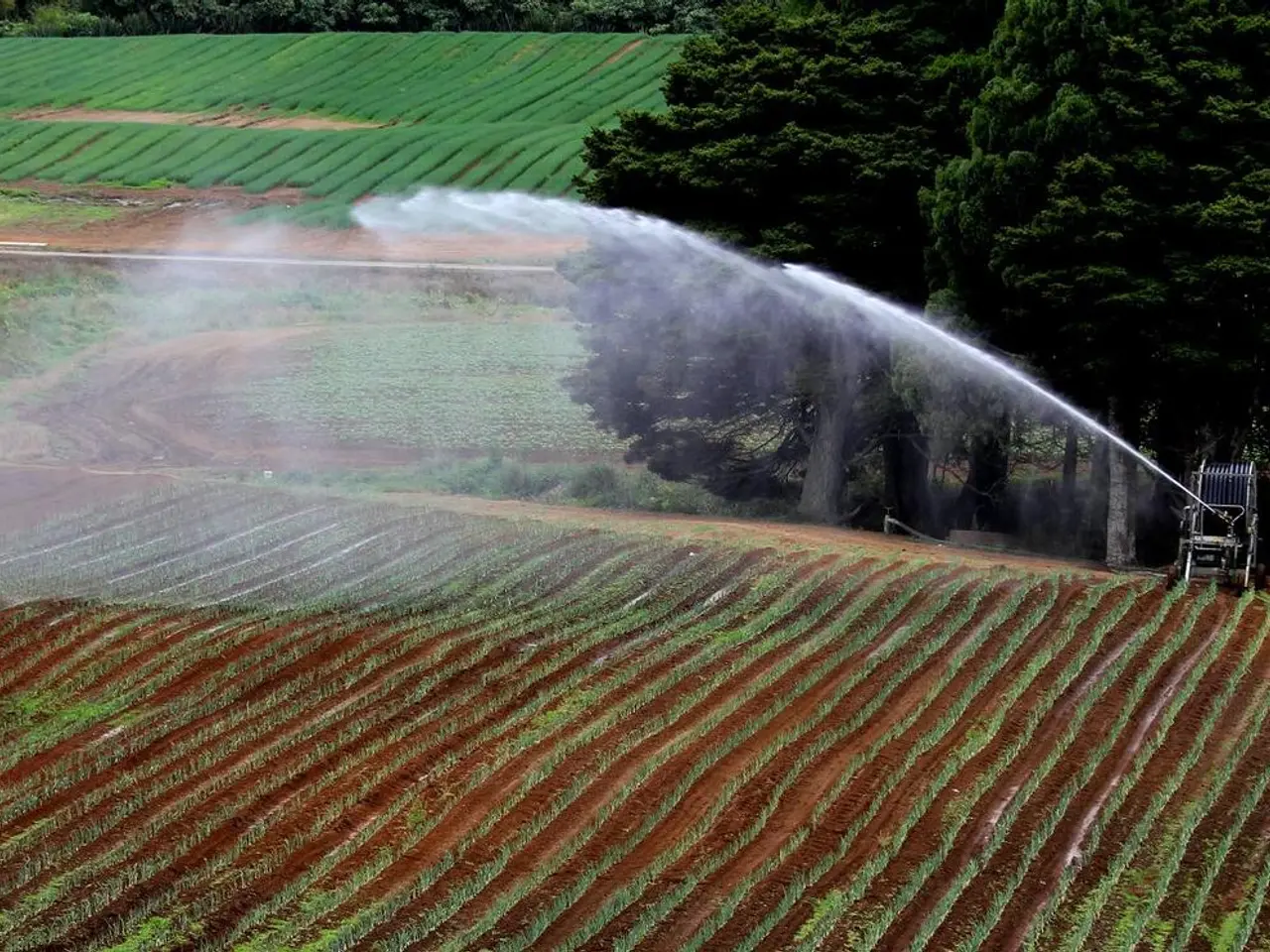Sowing kōwhai seeds | Germinating kākano kōwhai seeds
==================================================================
In a student-led inquiry, students at a school were given the opportunity to plant and grow Kōwhai seeds, a native New Zealand tree known for its vibrant yellow flowers. The activity, published by Referencing Hub media, aims to increase student agency, learning, and engagement, and can work as a standalone lesson or as part of a wider teaching/inquiry sequence about Mātauranga Māori of Kōwhai.
The project was assisted by researchers Maurice M. W. Cheng and Bronwen Cowie from The University of Waikato. The activity allows students to learn more about seeds and the planting conditions required to successfully grow Kōwhai seeds.
To optimize planting conditions for Kōwhai seeds, focus on these key factors:
- Seed Collection Timing and Site
- Collect seeds from sunny, north-facing sites as they ripen faster there compared to shady or higher-elevation sites (seeds ripen slower in shade and at higher elevations like 500m). This ensures you get mature, viable seeds for planting.
- Light Requirements
- Kōwhai seedlings and young plants prefer bright indirect light but can tolerate some lower light conditions. For outdoor planting, choose a spot with full sun exposure as Kōwhai naturally thrives in sunny areas with fertile, well-draining soil.
- Soil and Watering
- Use fertile, free-draining soil to mimic natural conditions. Water seeds and seedlings adequately but avoid waterlogging; allow the top inch of soil to dry before watering again.
- Planting and Growth Care
- Rotate young plants occasionally for even growth if grown in pots. Prune leggy growth to encourage fuller plants, and fertilize during spring and summer to support growth.
- Experimental Variables for Inquiry
- Test germination rates under different light conditions (full sun vs. shade). Compare seed ripening and germination from seeds collected at different elevations or sun exposures. Investigate soil types (fertile vs. less fertile, drainage levels). Evaluate watering frequency impacts on growth.
By structuring the inquiry to test these variables systematically, students can identify optimal planting conditions for Kōwhai seeds based on real data and observation. Collecting seeds from sunny, lower-elevation spots and providing bright light with well-drained soil is a strong starting hypothesis grounded in natural patterns and cultivation advice.
Additional activities include collecting Kōwhai seeds, observing Kōwhai, sharing scientific understanding through poetry, and creating Kōwhai infographics. The article suggests extending student learning with activities like "Looking at seeds and fruits", "Student-led investigations about seeds", and "Matching seeds and fruits".
Sanding or clipping the seed coat speeds up the germination process. The article was written by Chloe Stantiall as part of the Teaching and Learning Research Initiative project "Envisioning student possible selves in science: Addressing 'plant blindness' through place-based education".
Students can extend their education-and-self-development by conducting experiments on Kōwhai seeds, focusing on factors such as seed collection timing, light requirements, soil and watering conditions, planting and growth care, and experimental variables. Thislearning journey may also involve sanding or clipping the seed coat to speed up germination, creating Kōwhai infographics, and observing seeds and fruits.




